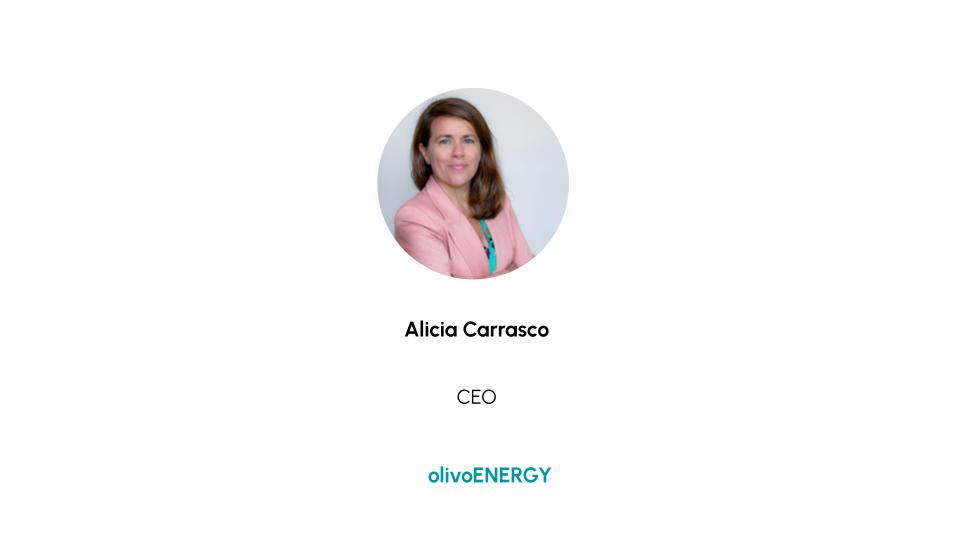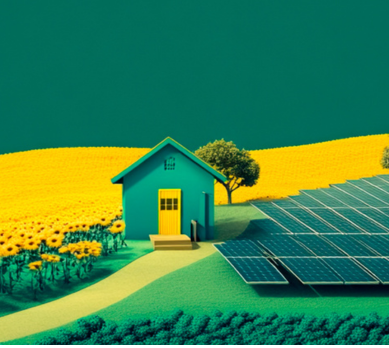The energy sector is currently undergoing a period of uncertainty and profound structural change, which is slowing the launch of new projects due to an oversupply of renewable energy and weak demand. Nevertheless, it is expected that within two or three years there will be a significant decline in investments and in the development of energy initiatives.
In this context, data centers are emerging as potential solutions, thanks to their high electricity consumption, as they could absorb part of the renewable energy surplus. According to Accenture, global data demand is projected to grow by 20% annually through 2028, reinforcing their potential role in the new energy balance.
On the other hand, new solutions are emerging, with large-scale battery storage systems standing out due to their notable growth. According to the World Economic Forum, investment in these technologies increased by more than 20% in 2024, surpassing 50 billion dollars. At the same time, green hydrogen continues to attract interest, although it still faces significant challenges in terms of cost and viability.
Moreover, digital transformation is accelerating rapidly thanks to the introduction of new opportunities within the sector. Artificial Intelligence enables the anticipation of operational failures and optimization of processes. Virtual Reality is also offering new pathways for technical training, although it poses new labor-related challenges as well. Meanwhile, technologies such as Big Data and the Internet of Things (IoT) facilitate more flexible and intelligent energy management.
It is evident that we are facing an energy and digital revolution that must advance hand in hand. While their convergence is not inevitable, it is essential for building a more efficient, sustainable, and future-ready energy transition.
Artificial Intelligence is becoming a key pillar in the energy sector, enabling companies to personalize their services and optimize processes in areas such as resource management and predictive maintenance. Thanks to this technology, companies can tailor their offerings to the specific needs of consumers, improving energy efficiency and customer relationships.
Meanwhile, robotics is transforming the industry by automating processes—from energy production to resource distribution—which enhances efficiency and reduces operational costs.
Immersive technologies such as Virtual and Augmented Reality are gaining relevance in the sector, allowing for safer and more effective simulations and training experiences. At the same time, big data analytics helps companies anticipate trends, optimize consumption, and improve decision-making.
In addition, 5G is driving real-time connectivity between devices and consumers, enabling more efficient energy management and enhancing companies’ ability to deliver more personalized solutions tailored to their clients’ needs.
All of this contributes to a smarter, more efficient, and more sustainable energy sector.
Main Digital Trends in the Energy Sector
- Artificial Intelligence
Artificial Intelligence is transforming everything from commerce to energy. Today, it enables personalized experiences, such as virtual assistants that provide 24/7 customer service, and also optimizes complex processes—from generating cleaner energy and anticipating technical failures to automating routine tasks. In this way, AI not only enhances the consumer experience but also drives efficiency and sustainability in key sectors.
- Virtual Reality
Virtual and augmented reality are revolutionizing the way we interact with the world. These technologies create immersive experiences that not only enhance consumer convenience but also enable safer and more efficient training. In sectors like energy, simulators are used for risk-free training, performing critical repairs, or training from anywhere using VR headsets. At the same time, some brands are leveraging these tools to launch luxury products that blend the physical with the digital, creating unique multisensory experiences.
- Big Data Analytics
The analysis of large volumes of data through Big Data has become an essential tool for anticipating trends and improving decision-making. Thanks to this technology, many companies are able to personalize services, optimize resources, and better understand their customers. In sectors like energy, Big Data makes it possible to identify consumption patterns, improve operational efficiency, and reduce waste—aligning supply with actual demand and promoting a smarter, more sustainable use of resources.
- Robotics
Robotics is revolutionizing the energy sector by automating key processes ranging from infrastructure maintenance to remote monitoring. Robots and drones enable the detection of faults, the surveillance of critical facilities, and improved operational efficiency—even in high-risk environments. This automation not only speeds up response times but also reduces costs and enhances safety across the entire energy chain.
- Other trends: Smart charging, customer experience, green hydrogen, distributed energy, and IoT.
Emerging technologies such as IoT, 5G, blockchain, and 3D printing are transforming the energy sector, enhancing everything from customer experience to operational efficiency. Some companies use blockchain to ensure traceability and security in the grid, while others integrate IoT and smart sensors to optimize consumption and enable more efficient electric vehicle charging. Solutions such as long-lasting micro batteries, distributed energy, and the use of green hydrogen are also emerging, paving the way for a smarter, more personalized, and sustainable energy model.
What will you find in this “2025 Digital Trends in the Energy Sector” report?
In addition to breaking down all the industry’s trends and use cases in detail, this report features insights from Alicia Carrasco, CEO of olivoENERGY, who addresses the following topics.
- The specific challenges of integrating Artificial Intelligence into the management of energy communities or in European projects in which the company is involved.
- How Artificial Intelligence can enable the creation of new business models in the energy sector.
- The main opportunities that Artificial Intelligence currently offers to the energy consulting sector.
- The contribution of Artificial Intelligence to the resilience and flexibility of smart grids and hybrid energy systems.

Want to discover how all these trends are being put into practice?
We’re sharing some use cases from major companies worldwide. Keep reading and download the full report for free!
1./ Artificial Intelligence: The Digital Brain of the Entire Energy Value Chain
- Enel Green Power: AI for cleaner, larger-scale energy.
- Atlas Renewable: Algorithms that ‘clean’ their paperwork.
- First Solar: Analytics to anticipate failures.
Repsol: Digital assistants that ‘free’ employees from routine tasks.
2./ VR/AR: Agile and Risk-Free Learning, Anywhere
- Avangrid: Oculus in their training centers.
- Siemens Gamesa: Virtual reality for risk-free training.
- HydroOne: Electrical repairs that save lives.
- NYPA: Purpose-driven simulations in the Big Apple.
3./ Big Data Analytics: Identifying Patterns, Gaining Efficiency, Preventing Waste
- Cuerva: ‘Granadian’ Big Data to transform energy.
- Solaria: Boosting data centers with clean energy.
- Iberdrola: Energy innovation powered by data.
- Saudi Aramco: Big Data at the heart of their fields.
4./ Robotics: Enhancing Efficiency Across Nearly All Processes
- John Deere: Robots that help energy efficiency.
- Aethon: More efficient and automated hospitals.
- Gecko Robotics: Rescuing the electrical system.
- Terra Drone: Drones to monitor Saudi oil.
5./ Other Trends: Smart Charging, Customer Experience, Green Hydrogen, Distributed Energy, and IoT
- Frank Energy: How to save with your electric car.
- Octopus Energy: Energy with five-star customer service.
- Randstad: Tailored talent for ultra-fast strategies.
- Green Energy Hub: Clean iron in Australia.
- Betavolt: The 50-year-lasting micro battery is now a reality.
- Duke Energy: Boosting IoT from the classrooms.
Download the full report “Digital Trends 2025 | Energy Sector” here:
If you want to stay updated with the latest trends in other sectors, check out all the reports from t2ó Industry.



